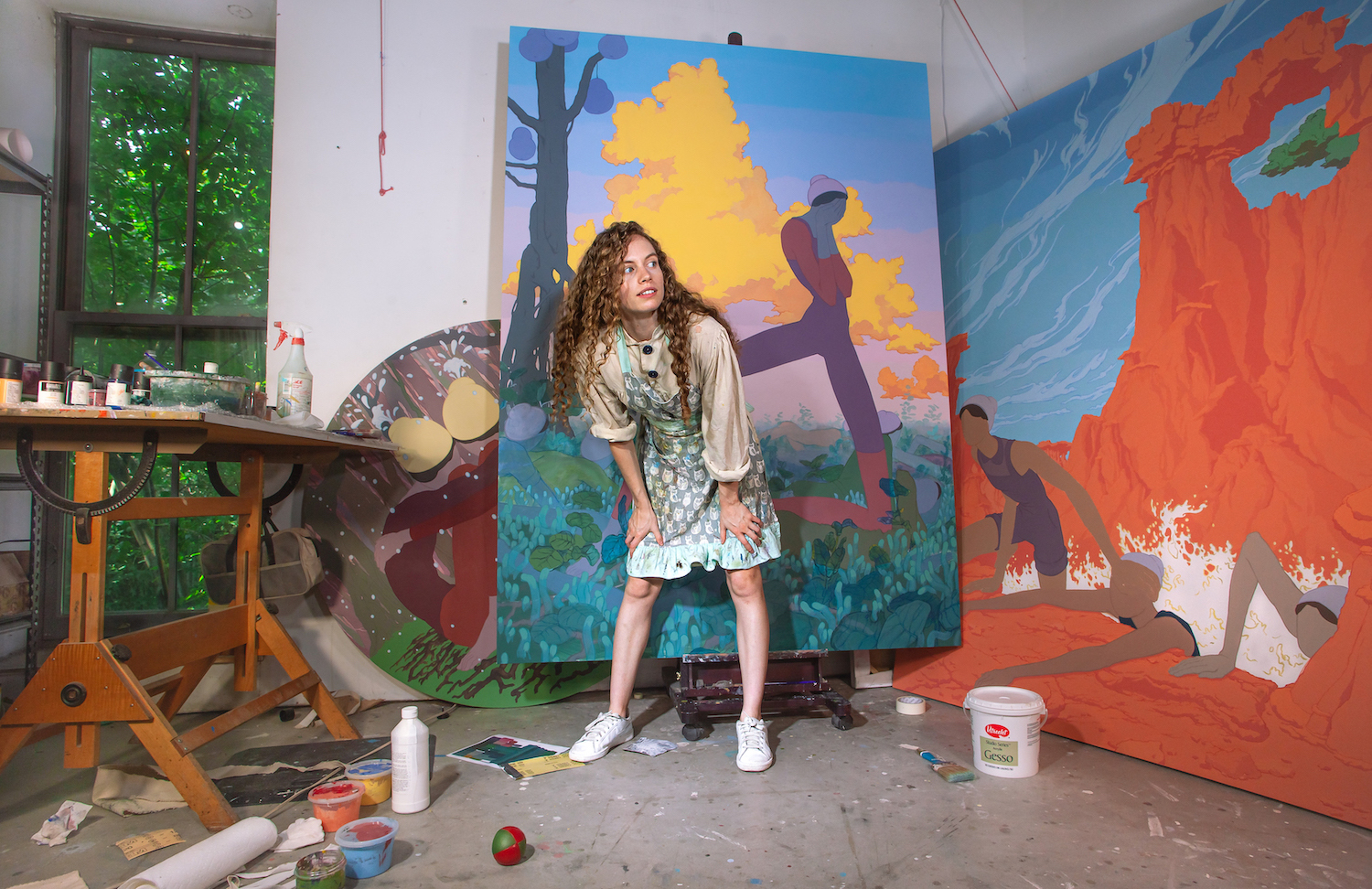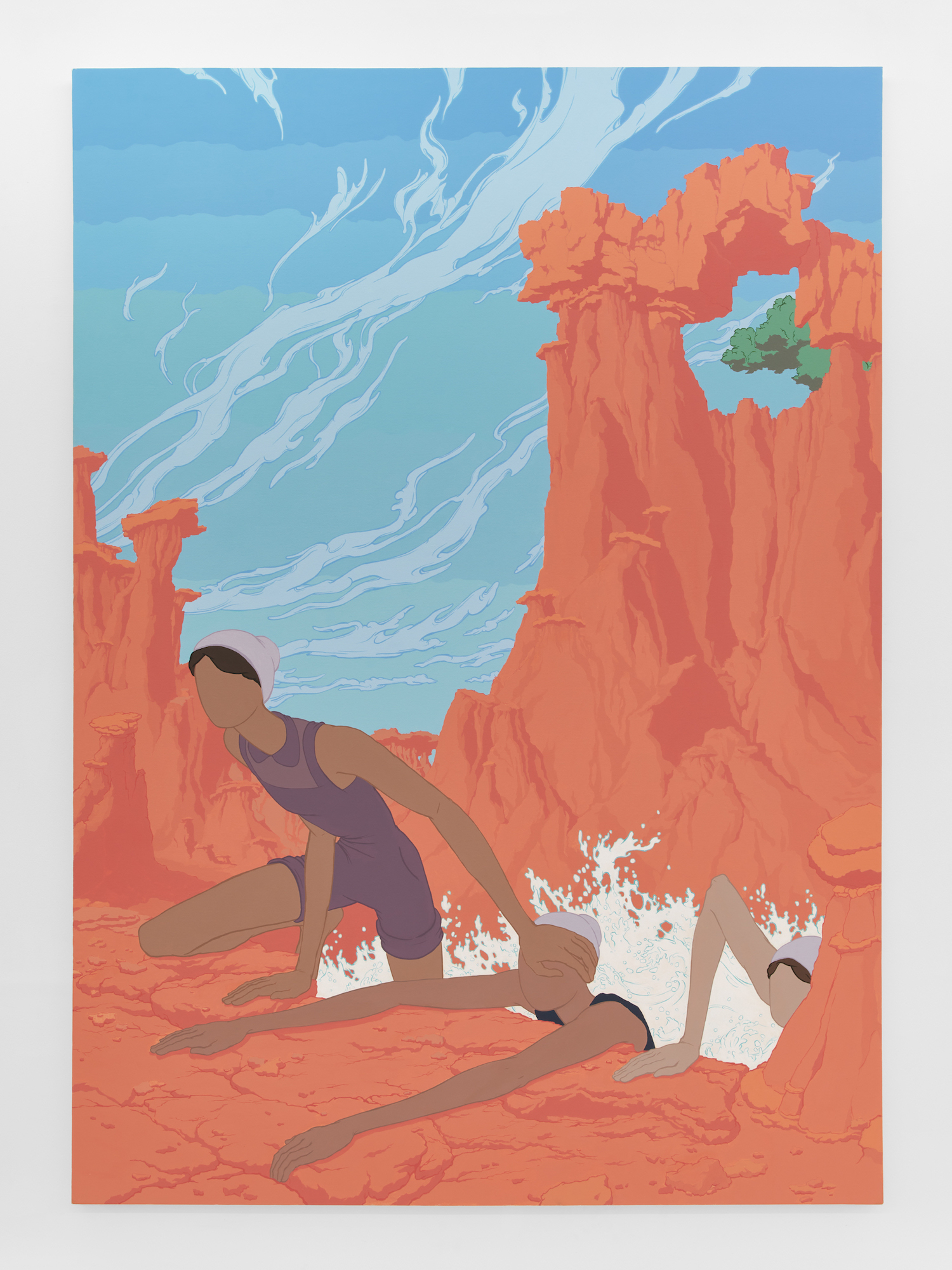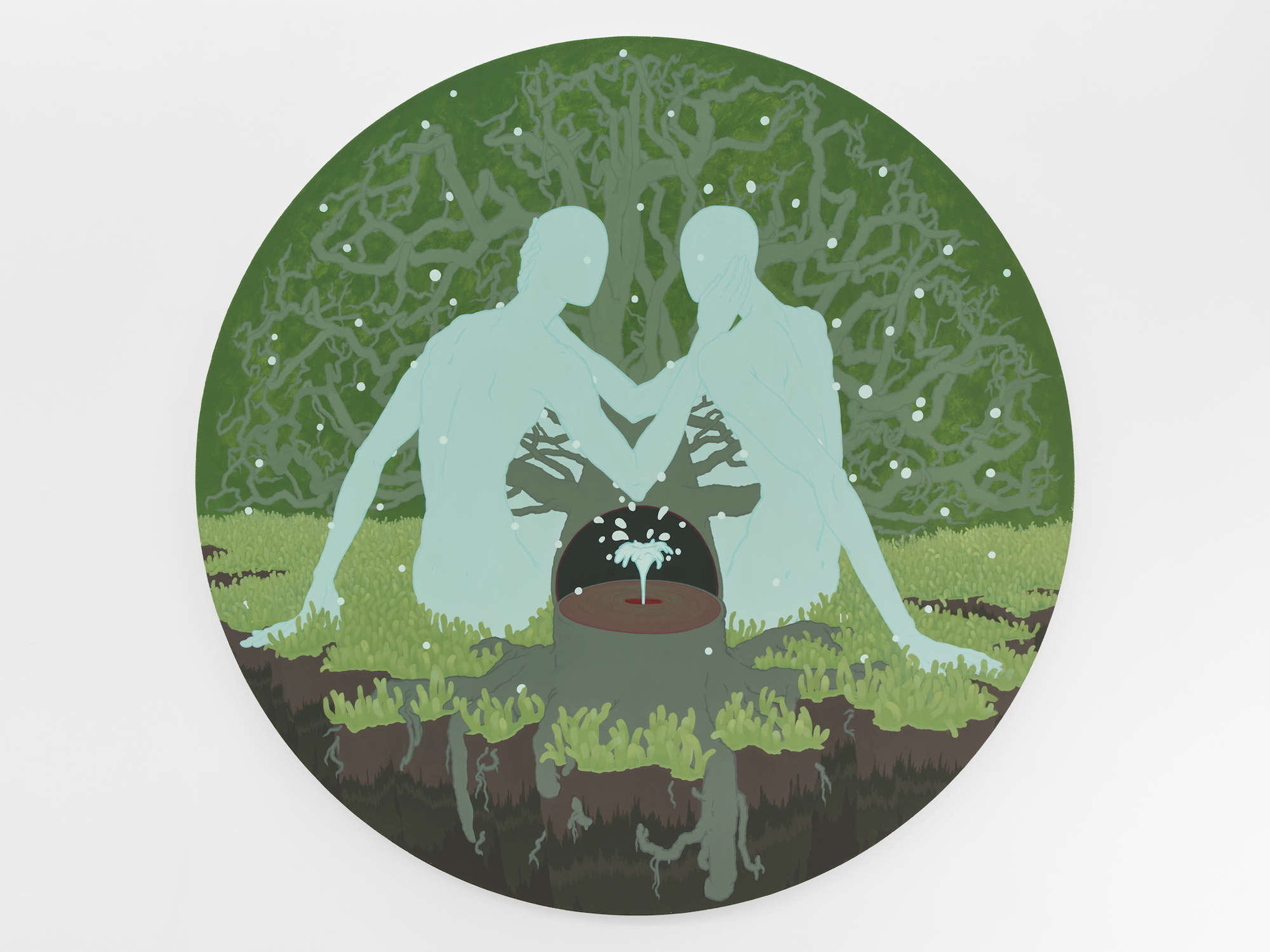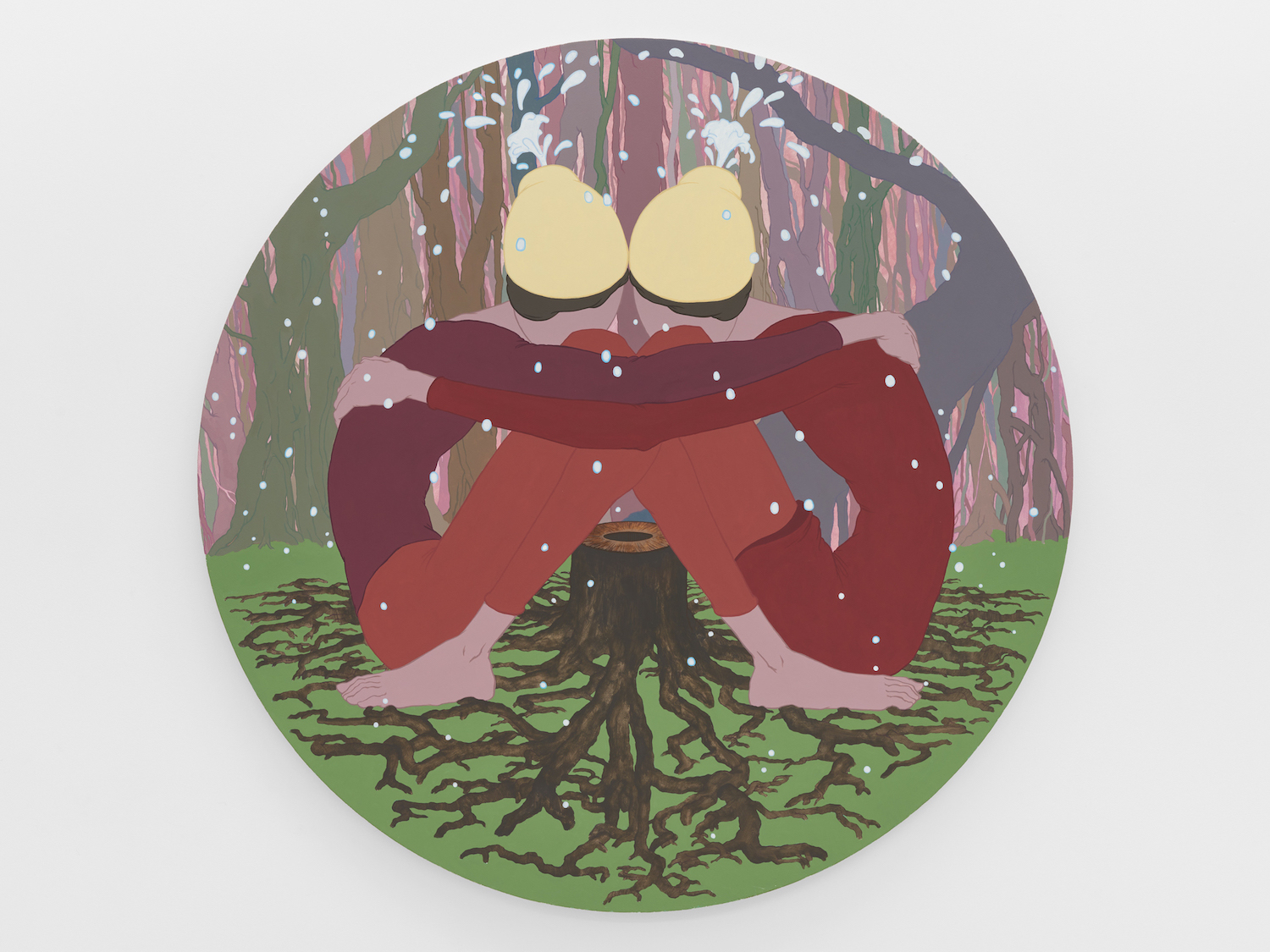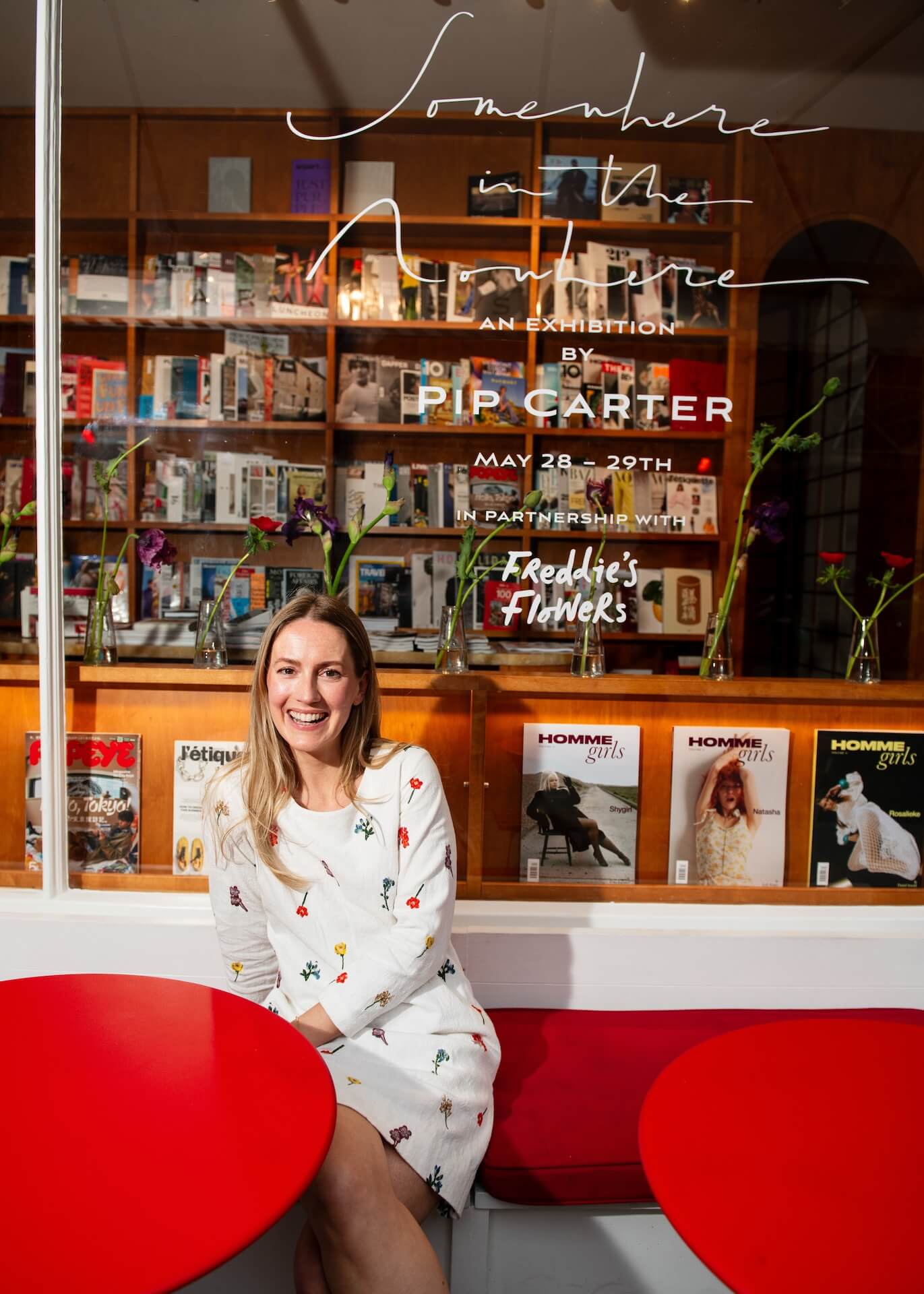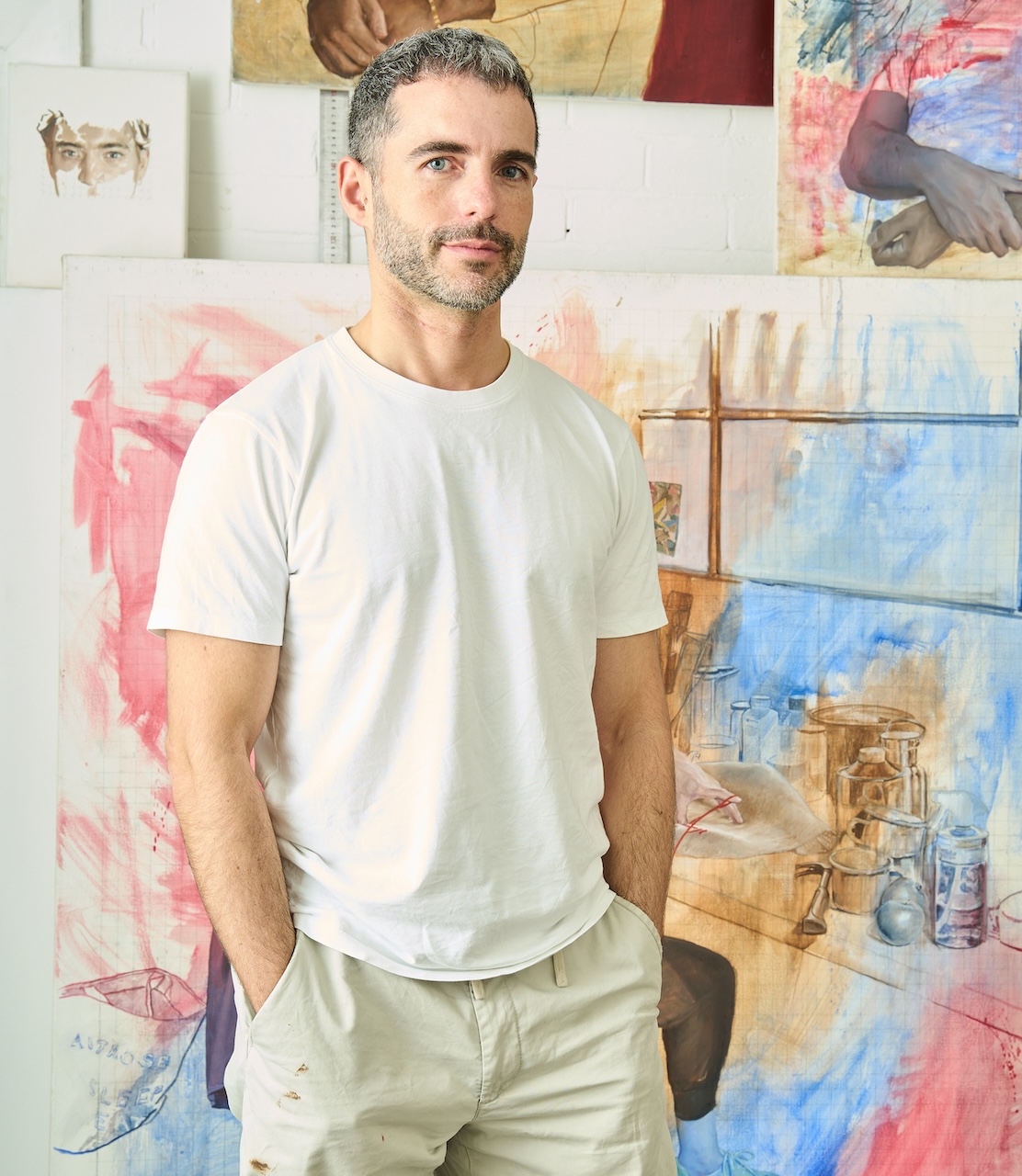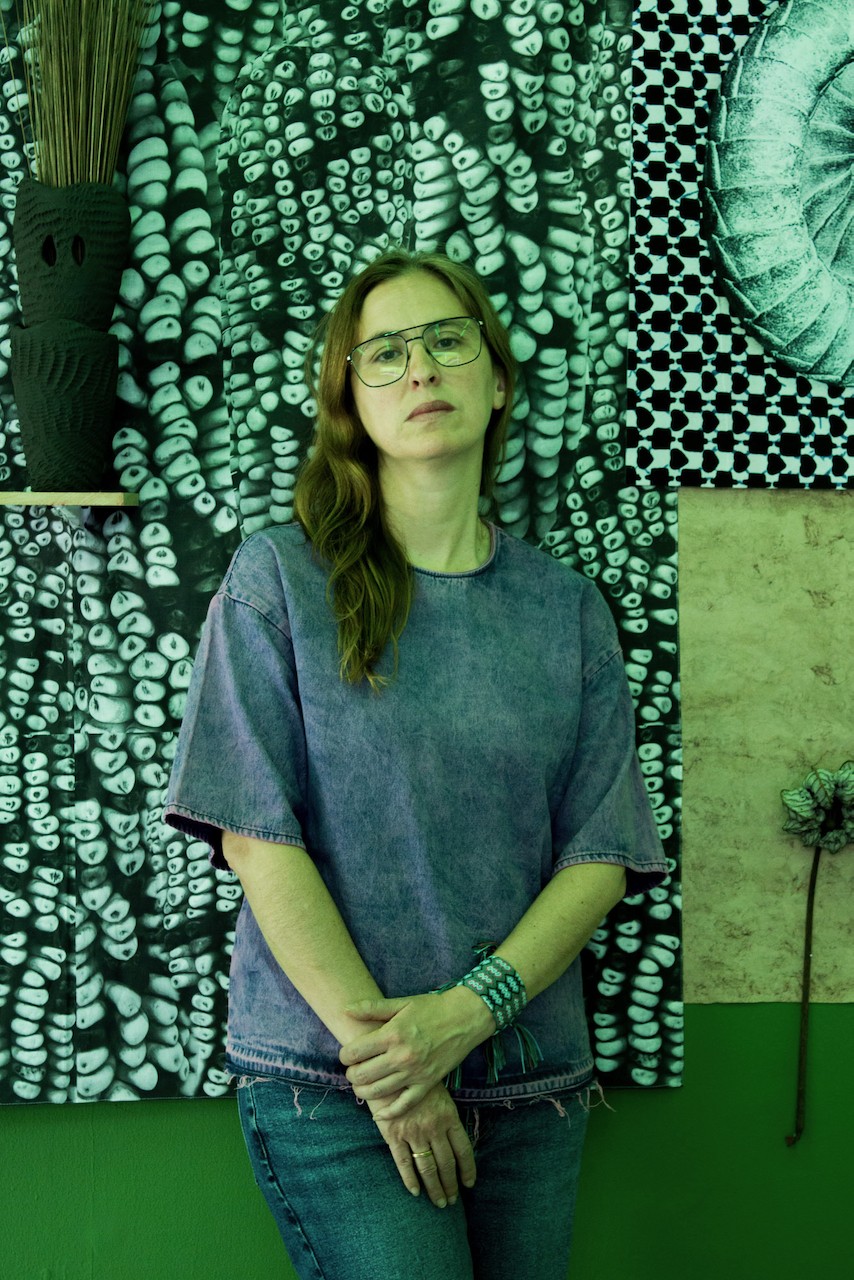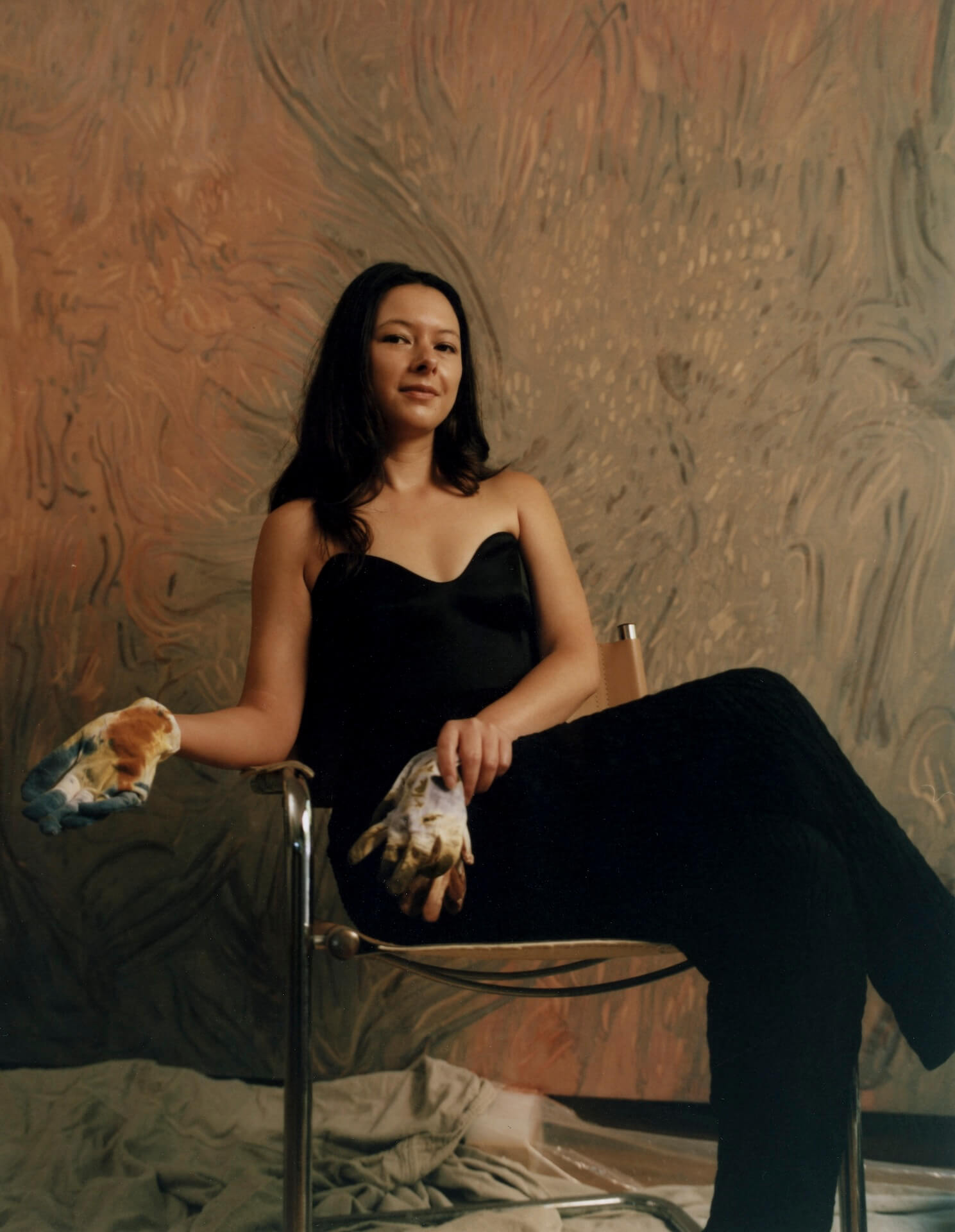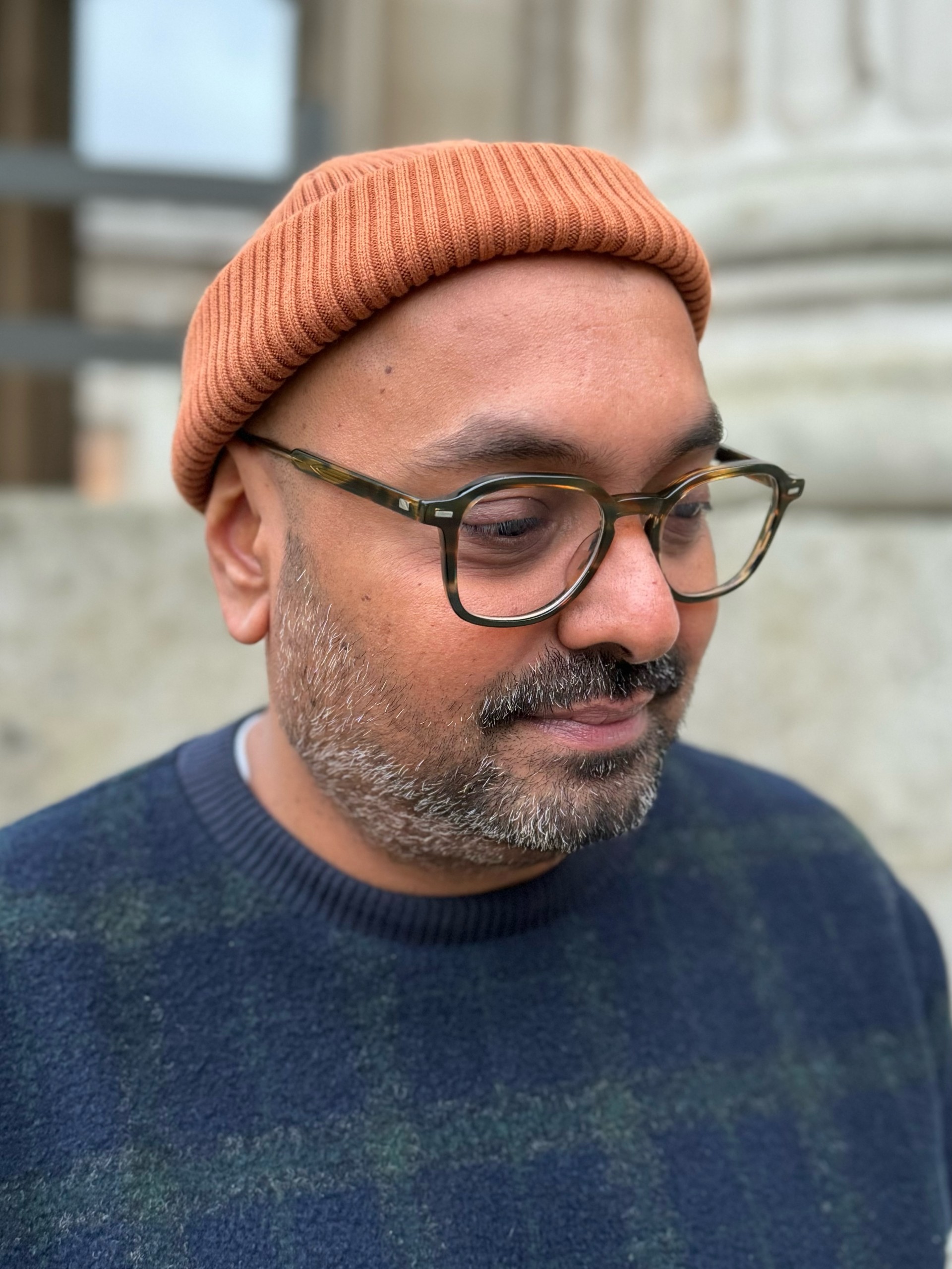Interview Artist Atalanta Xanthe
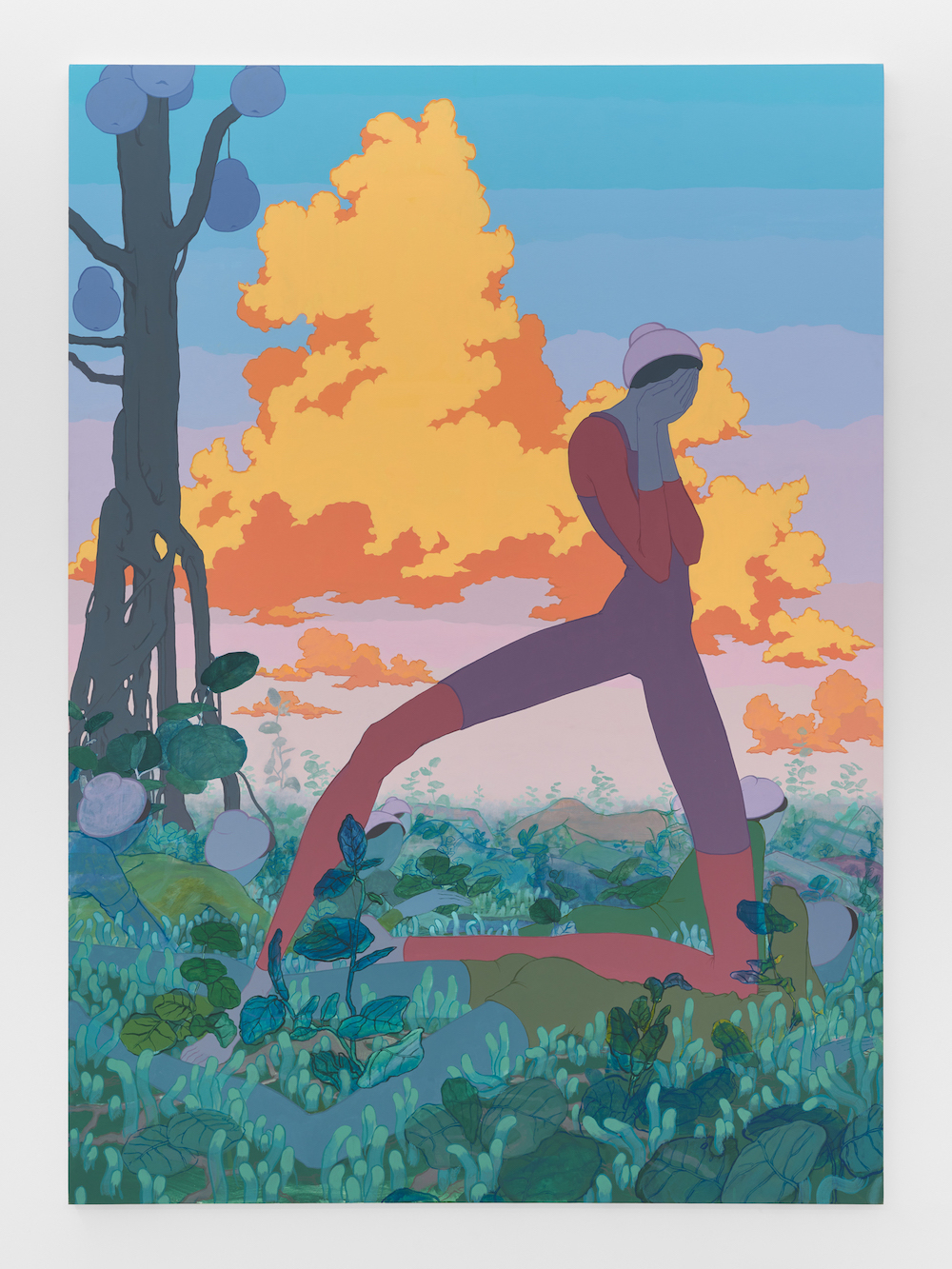
WATCH
WATCH
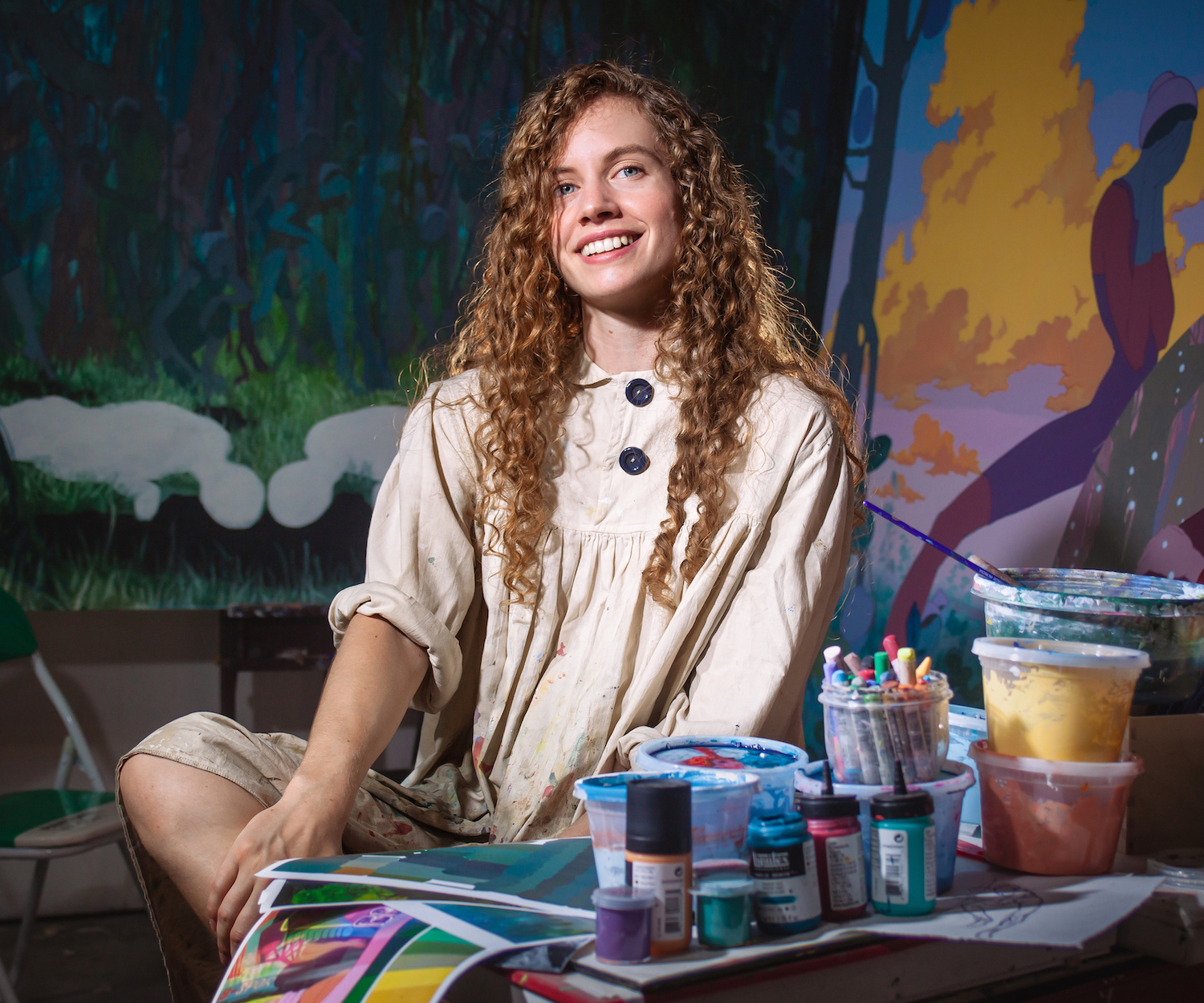
Black says: “I first met Atalanta in 2020 when she visited the gallery on the occasion of Tristan Pigott‘s exhibition ‘Behind Tired Eyes’. I remember being struck by her curiosity, bubbliness and directness, and the fact that she began every morning wrestling and enjoyed nothing more than having blokes twice her size in a chokehold! While fun, zesty and totally unique, Atalanta also presented as highly ambitious, making clear that she had no plans to return to the UK until she had cracked America. Upon seeing the work, I soon understood that this zeal was built upon a ground of enormous talent.”
Having been raised in a household of scientists, no detail is forgotten in Xanthe’s fantastical works. A storyteller, working in painting, drawing and sculpture, she teases out her composition and narrative over the course of many preliminary studies, drawing on information she’s hoovered up from books, films, poetry, and even gym talk, before embarking on the final painting.
Black says: “Over the last few years, I have seen Atalanta’s practice grow in stature and imagination. With each new series, she transports us into a world of fantastical surrealism, where nature and artifice collide. Bringing her own distinctive hand to her storytelling, we see her mischievously splice and intermingle aspects of her own biography with elements of the art historical canon and popular culture to create plots which are permeable, stretchy and, at times, magnificently unhinged. One of the things I admire most about Atalanta is that you never know where she is going to transport you next. The art world, for all it’s wonderful facets, has a strange desire to pigeonhole people. But Atalanta, like many greats before her, vehemently defies this tendency. I look forward to seeing Atalanta crack both the UK and America, on her own terms.”
Xanthe says: “This show is the culmination of a project I started two years ago. Mentally, I’m always running towards the next project. The ‘Uteroverse’ series is the longest I’ve stayed with and dug into a single idea. It feels like the first truly complete body of work I’ve made.
“The impetus came from biology – specifically thinking about how under-depicted the story of reproduction was. The visual language of the series was partly inspired by scanning electron microscope images of the reproductive tract. In the lead up to making this work, I read as much as I could find about the interior landscape of the vagina, uterus and fallopian tubes – I never expected my art career would lead me to print out articles about temperature gradients in pig fallopian tubes! Under a microscope, the texture of a vagina looks like flaky rock, whereas in the upper uterus and fallopian tubes it looks like a garden, with verdant waving villi. There’s also a pH difference, with the vagina being much more acidic. This led me to base the landscape of the vaginal canal on the harsh, arid, but surreally beautiful rock formations of New Mexico (where I grew up), and to fill the landscape of the uterus with the lushness of vegetation that I remember from my earliest childhood in England.”
‘Uteroverse’ will be available to view at Alice Black Gallery until 16 October. Xanthe will be following the show with a residency in Italy. She concludes: “I look forward to seeing how Rome bleeds into my work. I’ve also just moved into a roomier studio in Brooklyn, one which gives me space to make some large semi-theatrical set-ups, so I’m looking for the next story I want to tell.”
About the champion
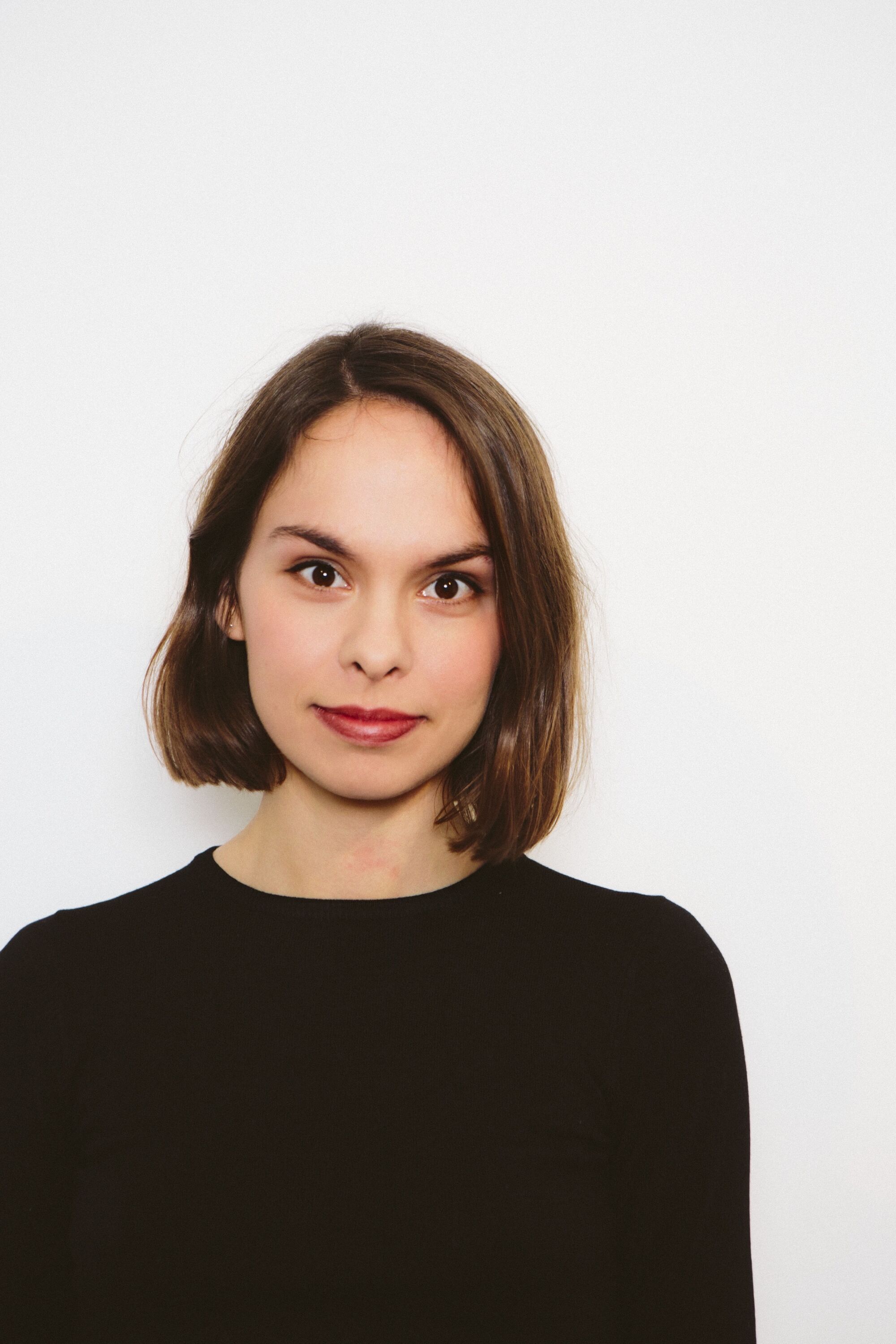
Alice Black co-founded her namesake gallery with Matt Symonds in May 2017. It is driven by a desire to contribute to a forward-looking cultural discourse, while meaningfully acknowledging and building upon art history. It also aims to create a platform for artists who address the issues and challenges of our time. In recognition of her work, in March 2020, Alice Black was named on Forbes’ “30 under 30” list as a rising star in European arts and culture.
“One of the things I admire most about Atalanta is that you never know where she is going to transport you next.”
